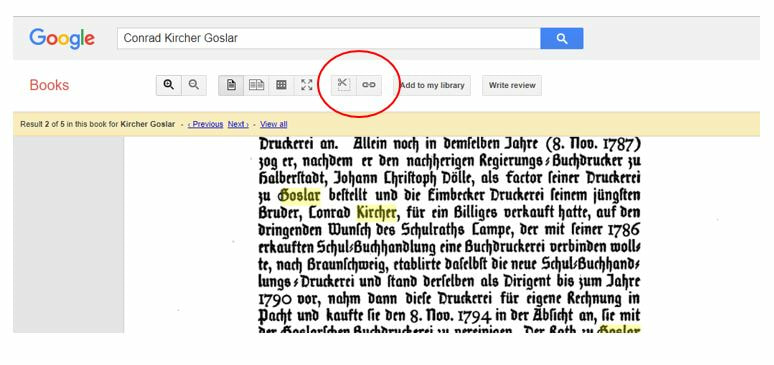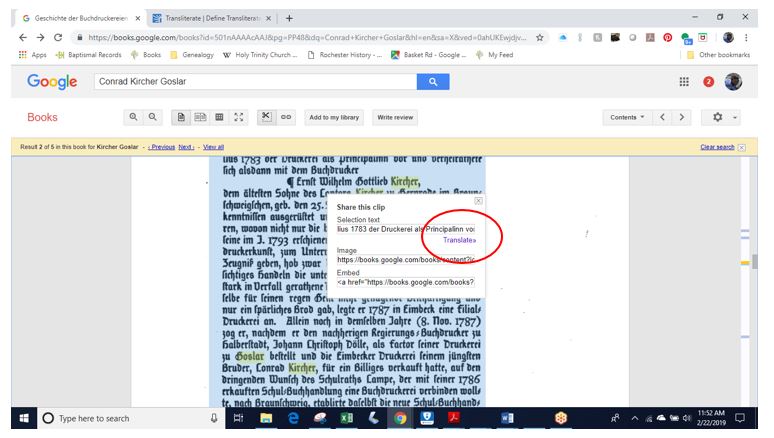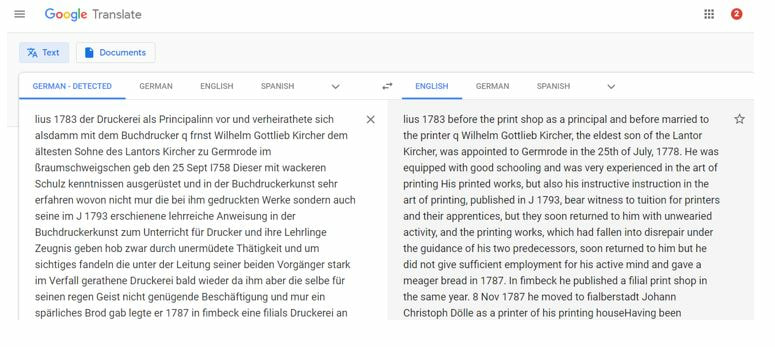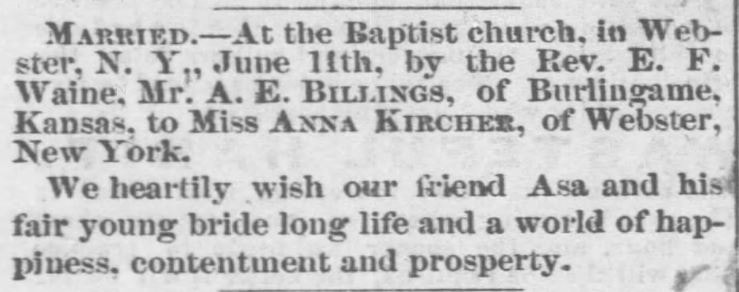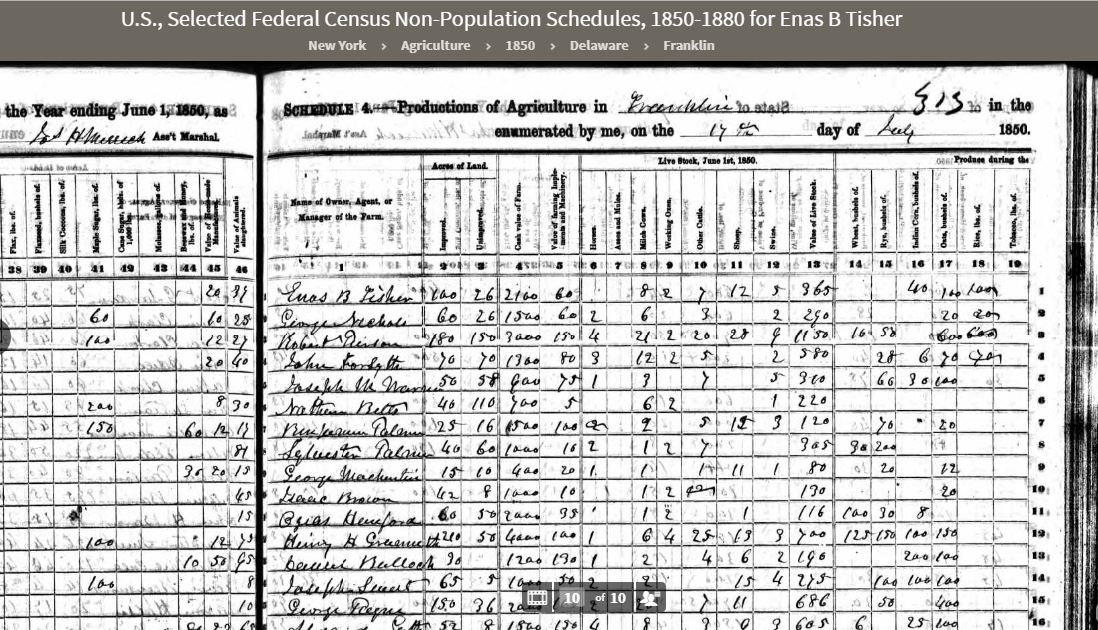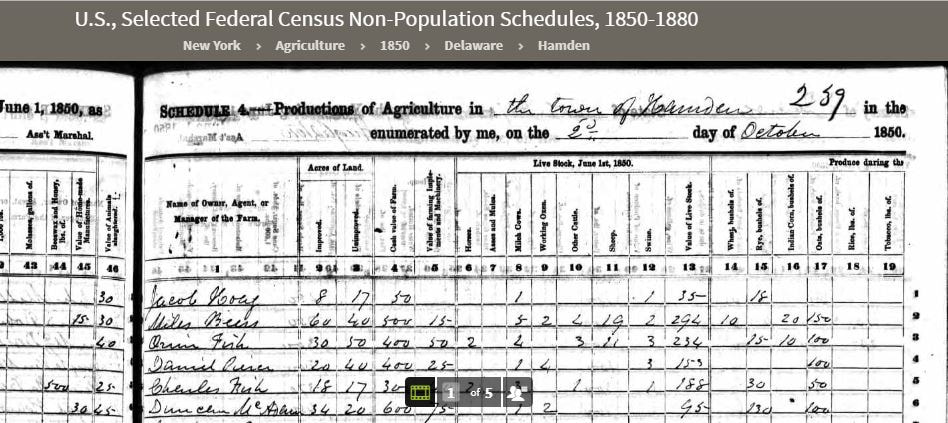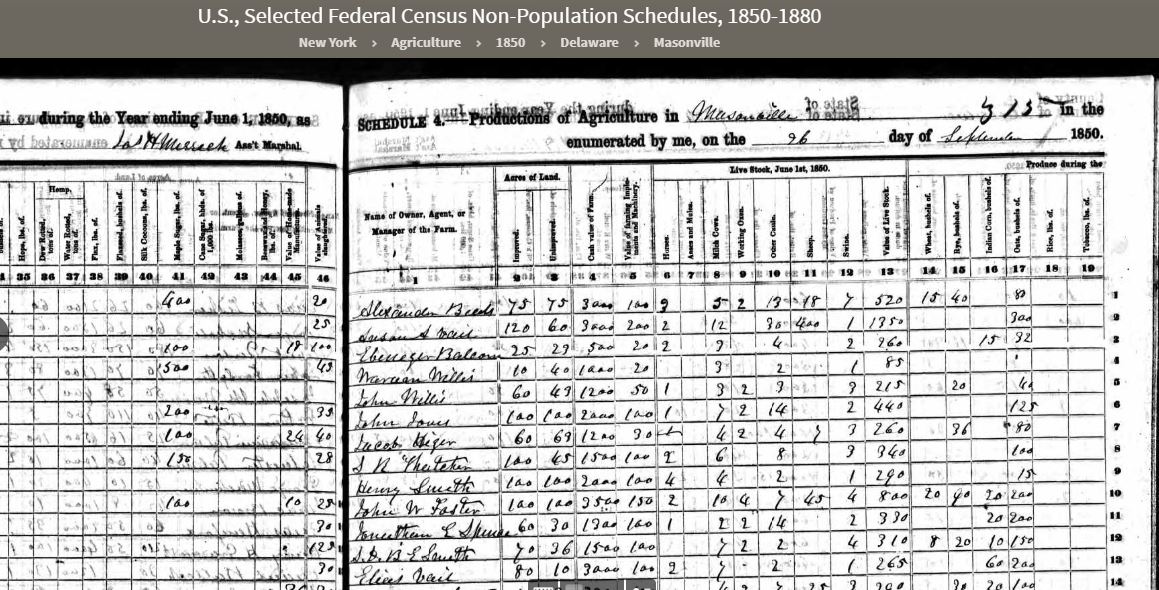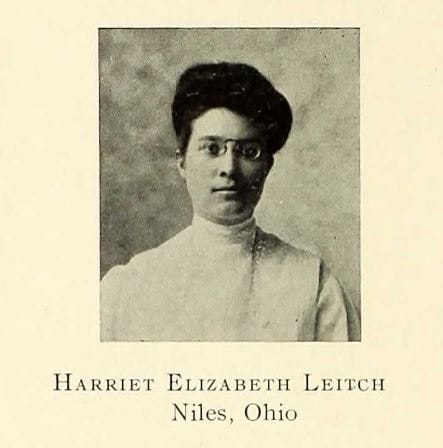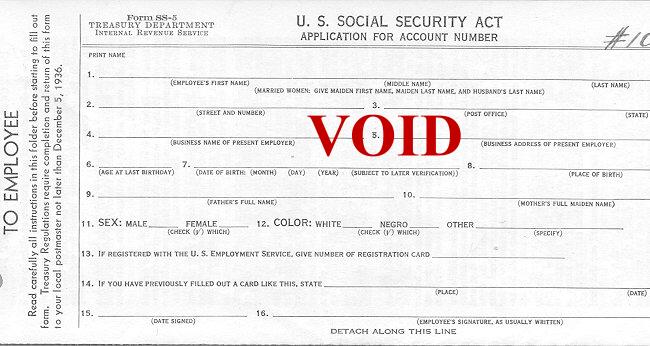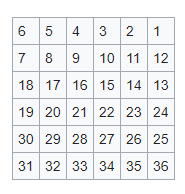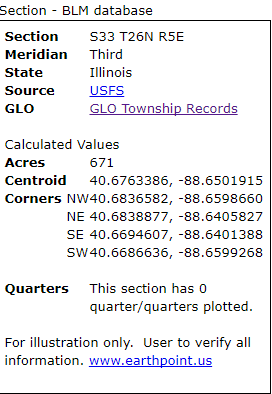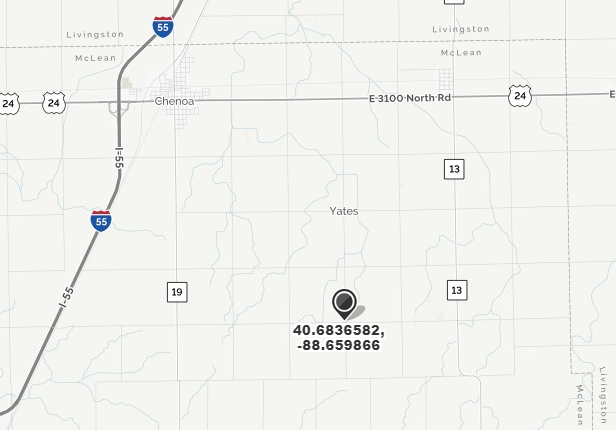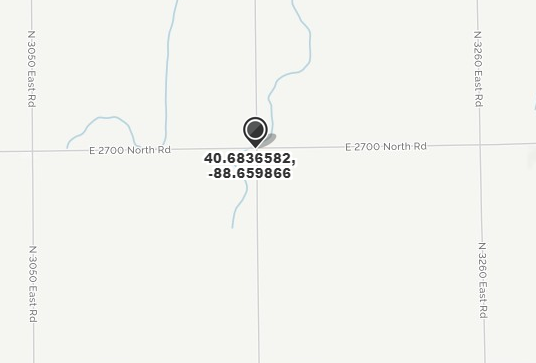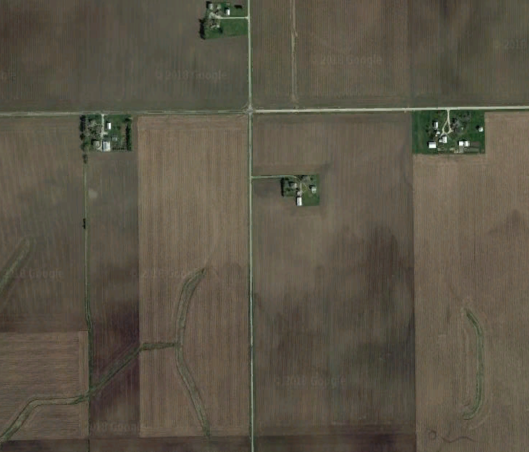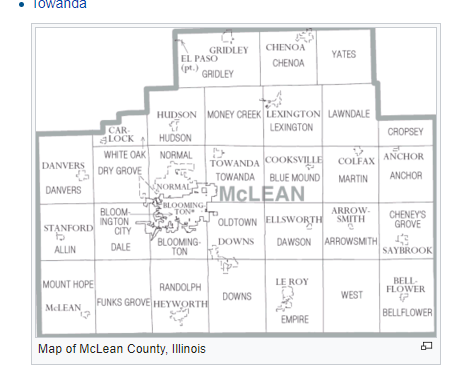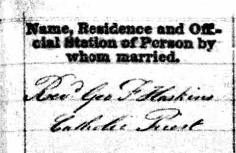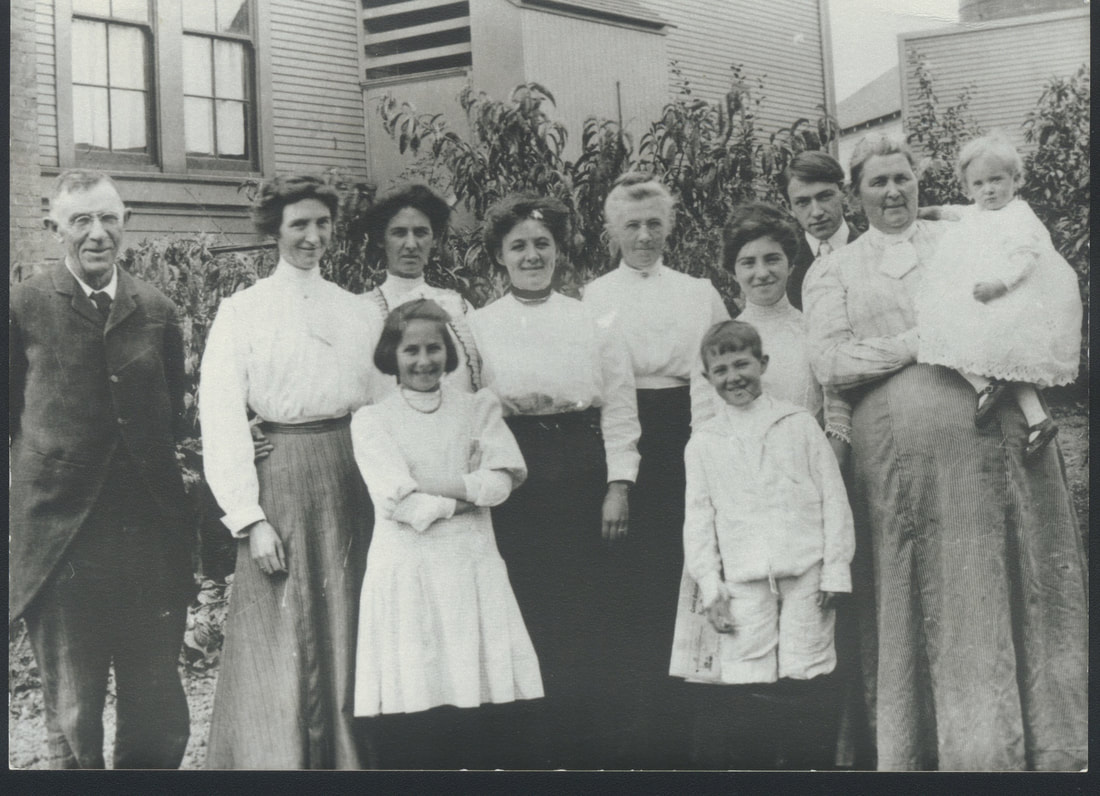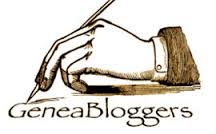|
I recently found a book which included some great information about my 4th great-grandfather and his brother who were book printers in Eimbeck and Goslar in Germany (Hannover and Hildesheim). I’d like to thank fellow genealogist Jim Beidler for pointing me to the book. The book, however, hid its secrets from me behind a couple of walls – a foreign language and a foreign font. You mean a book written in 1840 by a German man about printers in Germany is written German, not English?!!! Um, yes. And not only German, but it’s printed in a Fraktur font, not the standard Roman font I learned to read in my California kindergarten. That give this wonderful resource two strikes against it. Oh, but I’m not going to let that stop me! Fortunately, last month I took a week-long course at the Salt Lake Institute of Genealogy (SLIG) where I learned how to decipher that funny foreign font. It’s still work to decipher, but I’m finding I’m much quicker at the process. My translation procedure consisted of Step 1, Transliterating - typing the Fraktur characters on the pages of the book into a Word document, and then, Step 2, Translating - using Google Translate to convert the words into English. Thanks to my class, I getting pretty speedy at the transliterating part. I know E is an E and G is a G. But still, typing the text into Word is a rather tedious process. As I was doing it, my mind kept thinking, “If a Google search can find the book, when I enter search terms like ‘Kircher’ and ‘Goslar’ into the search engine, surely Google is itself “reading” and transliterating that text. Where the heck is Google hiding the transliterated words?! If I could only find those, that would save all the work in Step 1.” And where do I go to get answers to my questions? Google of course! Do you know where to find those Google transliterations? Let me show you. Here’s a screenshot from the book I found on GoogleBooks. See that little pair of scissors in the tool bar? If I click on that, I can highlight the entire page of the book. You use it sort of like you’d use your snipping tool to capture the page.. Once I’ve “clipped” what I want, I can do things with the clip. See where it says translate? Click on that. Up pops the GoogleTranslate window with the TEXT from that “picture” I just grabbed all copied into the left-hand pane, and my translation into the right-hand pane!
6 Comments
Newspapers are possibly my favorite records. I can find many details of my ancestors’ lives. I recommend searching by name, of course. But have you thought about other ways to search? My new favorite way seems to be searching by location. I have relatives who moved from one small town in one state to another small town in another state. When I learned this, questions arose. Why? And more specifically, why that town? More questions – Did they ever go back home to visit or live? Did anyone from the home town visit them in the new place? And maybe, just maybe, you’ll find an article where the names were butchered, either by an author or typesetter spelling mistake, or an Optical Character Recognition (OCR) translation mistake. I recently searched in an Osage County, Kansas newspaper for “Webster, New York,” the hometown of several family members. And I found a perfectly readable (to the naked eye) article with perfect spellings of my relative’s name. It had never come up on a search by name. Here’s the article: It’s pretty easy to read the article. You can read the names, right? A. E. Billings. Anna Kircher.
But here is what the Optical Character Recognition (OCR) software “read.” “ Marmkd. At the Baptist church, in Webster, N. Y,, June 11th. by the Rev. E. F. Waine, Mr. A. E. Bili.ings, of Burlingame, Kansa, to Miss Axxa Kirches, of Webster, New York. We heartily wish our iViend Asa and his fair young bride long life and a world of happiness, contentment and prosperty.” I’ve shown in red the OCR mistakes, and in green the one word misspelled in the newspaper, (not an OCR mistake). The surnames of both bride and groom were misread by OCR. I never would have found this record, never would have known about this marriage, if I had not searched by place. Next time you search in online newspapers, try searching by place. Who knows what you’ll dig up. I was recently looking at an agricultural census schedule. For those not familiar with the Agricultural “Ag” censuses, they were taken in 1850, 1860, 1870 and 1880. If your ancestor listed “Farmer” as his occupation, you definitely want to look for the “matching” agricultural census which will tell you about livestock he owned, acres planted, how many bushels of this or pounds of that he grew and more. It is a great snapshot into your ancestor’s life as a farmer. Take the opportunity to compare your ancestor to his neighbors – calculate things like yield per acre, etc. to see how productive he might have been in relation to his fellow farmers. And look at him over time – if you can find him in 1860 and 1870, does he have more land? Does he have more cows? Did he drop that unproductive rye crop and plant more acres in wheat? Ancestry has filmed these agricultural censuses as well as some other “non-population” schedules. The way the 1850 schedules are arranged, the farmers’ names are written down the left side of the page and boxes were filled in for each column as they applied. There are 19 columns on the front side of the page. After the enumerator asked Farmer John all the details on the front side, he’d flip the page over and ask another 27 columns (up to column 46). Lots and lots of data! The schedules were microfilmed and the images are available on Ancestry. But there is a little bit of a problem. Ancestry has arranged them by State, then county, then township, in alphabetical order of town. Easy, right? Well… if your ancestor is has is name on the last page of the town, you can’t “flip the page” to get to the back side of Farmer John’s page. How are you going to know how many pounds of maple sugar or bushels of peas he produced???? I was looking at Franklin Township, Delaware County, New York. “My” guy, “Enas B. Tisher” is on line 1 of image 10. As you can see, that is image 10 of 10. Where’s the back side of his page?!! I can’t type 11 in the box at the bottom- that won’t work. If I click on the filmstrip icon next to the 10 I see the start of another township, Hamden, which apparently has 5 images. Maybe that will be it… But nooooooo. Look in the upper right hand corner of Enas Tisher’s page. In (sloppy) black marker it says 313. Hamden’s first page has the number 259. So… somebody somewhere had a stack of these agricultural enumerations and started numbering the pages in numerical order (I mean really, how else would you number pages?!) But Ancestry, thought these should really be in alphabetical order, by town name. So how did I finally find Mr. Tisher’s back page? I looked at the filmstrip, scrolled forward or backward to the first image for every town, and when I finally got to the town of Masonville, I could see, right there in that same old black marker, “315.” The numbers on the left side of the page? Yep, that’s exactly the data I was seeking for my old buddy Enas. 3 Bushels of peas, and 400 lbs of maple sugar (I think…) Don’t take my word for it, compare the data numbers on the left side of the image with those on Enas Tisher’s page on image 10 in Fisher. The same. But the numbers on image 1 of Masonville, “black marker” page 315, were written in someone else’s handwriting. Lesson learned, those “flip side” of the pages are somewhere. You just need to be a little creative to find them.
Oh, the many problems with Optical Character Recognition (OCR). Documents may use a plain font. But in specialty publications, yearbooks, for example, the typeface might be a bit fancier. This leads to problems in text recognition. The scanning, digitizing or interpreting software may preclude finding what you’re looking for. I had a few details on a woman my friend JoAnne was researching. I found her on a FamilySearch family tree and discovered in the notes on the subject that she was a 1906 graduate of Smith College. I searched for the subject, Harriet Leitch in Ancestry’s “U.S. School Yearbooks, 1900-1990 Database.” I couldn’t find her on a name search, but I was able to find the 1906 Smith yearbook. A page-by-page search yielded Harriet’s picture right where it should have been, with the other L names. I suspected the fancy font might have been a problem when I saw it. Afterwards, I did a search on Ancestry by location, using the college’s name as a keyword, specifying only the year, but no student’s name. It took a few pages to get to the Ls but along the way I saw many butchered names and words – try a few of these on for size: Jsentor Bvamattcs - yep, that’s Senior Dramatics Jswbstttute Sasfeetball Eeam – that’s Substitute Basketball Team Those two were set in a Gothic font. But even with a hopefully clearer font, what appears to me to be Cambria, there are many errors, particularly regarding the letter H. Iiavex Hol'sii – that, my friends, is Haven House, one of the dormitories. My new friend Harriet Elizabeth Leitch? She did OK until they got to the back end of her name. She became “Harriet Elizabeth Leitcii”. Her next-door-neighbor on the page, Helen Mae Larmouth, had a similar problem – “Helen Mae Larmoutii”. It seems a small capital H is definitely a problem for the eyes of Ancestry’s computers. When you’re searching specialty publications such as yearbooks, be willing to expand your search. Maybe search by first name only, last name only, use a lot of wildcards, or just resort to a page-by-page search. It’d be a shame to let a little OCR hiccup stand between you and a picture of your ancestor. 1 “U.S., School Yearbooks, 1900-1990,” Ancestry (https://search.ancestry.com/search/db.aspx?dbid=1265 : accessed 13 August 2018) > Massachusetts > Northampton > Smith College > 1906, image 34, Harriet Elizabeth Leitch. How thorough is your research? When Ancestry gives you an index record with at least six solid pieces of information –full name (including middle name), birth date and place, death date and parents’ names (first name, middle initial and last name) – how often do you think, “That’s good enough”? Especially when the alternative is to spend $21 on… what? I mean… there’s all the information I really need, right? I had this experience recently with a record that came up for a guy I’m researching. Ancestry pointed me to an entry in the “U.S. Social Security Application and Claims Index, 1936-2007.” I already knew everything the (no-image) record was telling me. And one more detail, seemed to be telling me a piece of information I really wanted would NOT be on the record. One of the fields on the record Ancestry shows is “Relationship of Signature,” and the Index record says “Not signed, SSA prepared.” Well, shoot… so I’m not going to get the signature I need to compare with other documents, I already know all the other stuff, so really, WHY DO I NEED TO SPEND $21?!!!! The very specific answer for me, is because I am seriously considering becoming a Certified Genealogist® and my application needs to document reasonably exhaustive research. An index record ain’t gonna cut it. So I bit the bullet and ordered the record. In my mind, I ordered the record ONLY so the citations in my certification portfolio would be up to snuff and demonstrate the scope of my research. Because without that signature for comparison, the record wasn’t going to be helpful. It finally arrived Saturday and there was much more than that index led me to believe was there:
When you think that index is “good enough”, think again. Order that record. You’ll be glad you did. I wish I could tell more stories about this guy. I apologize for my dearth of blog posts recently. Much of my research and writing time lately has involved material for my certification portfolio and I need to keep kinda mum about my work until I submit the portfolio. I promise to try to find lessons like this one that I can write about and share them with you. For more about becoming a Certified Genealogist® see https://bcgcertification.org/ I had a problem recently trying to find where some of my ancestor’s property was in McLean County, Illinois. I have some 1850s and 1860s deeds describing his property as being in sections 32 and 33 of Township 26 Range 5. I wanted to see where that was on a map. Unfortunately when I look at McLean County information now, all the townships seem to have names, not numbers and I can’t tell where Township 26 lies in the county and in relation to other properties my ancestor owned. I went to the BLM website (https://glorecords.blm.gov/) and entered the information for my property. Unfortunately, for some reason I can’t quite figure out, when I clicked on the “Map” box to see the property, I got a message “Due to data limitations, we could not map the township of this land description. No township is available.” Well, that’s not very helpful! In this area, townships were generally six miles by six miles, a square divided into a 6 x 6 grid of smaller squares. Each of these smaller squares is a section. The section numbering begins at the upper right corner of the township and looks like this: I already knew that part. What I couldn’t figure out was where a particular numbered township was located within McLean County. But by googling “how to find section township range” I found Earthpoint - http://www.earthpoint.us/ There I can put in the Principal Meridian, township, range and section, and Earthpoint gives me GPS coordinates for the center of the section as well as its four corners. I know that my ancestor’s properties were in the NE corner of Section 32 and the NW corner of section 33, adjacent sections. According to Earthpoint, my ancestor’s common corner is at 40.6836582, -88.6598660. Now I can copy and paste those GPS coordinates into MapQuest. I’ve always used MapQuest with a street address to find the property, but it’s nice to know MQ can locate based on GPS coordinates as well. When I drop those coordinates into MapQuest I get a map: I have drawn a box around the 36 sections of what was once Township 26. I can see it lies in the northeast corner of McLean County and is bordered on two sides by Livingston County. Zooming in I can see the road names I can look at a satellite view on MapQuest or drop the same GPS coordinates into GoogleEarth to see a bird’s eye view of what the property looks like now. That creek running through his property on the map shows up as a green swath against the brown field. Looking on Wikipedia for McLean County, IL, I finally know that Township 26 is now called Yates Township: It took a few steps to get there, but know I know just where my ancestor’s property was. I’ll do the same thing to track his path of property ownership across the area from Tazewell to McLean and then on into Champaign counties. I’m looking forward to visit the area in the Fall. If you run into a problem with the mapping feature on the BLM website, I hope you find this post helpful. 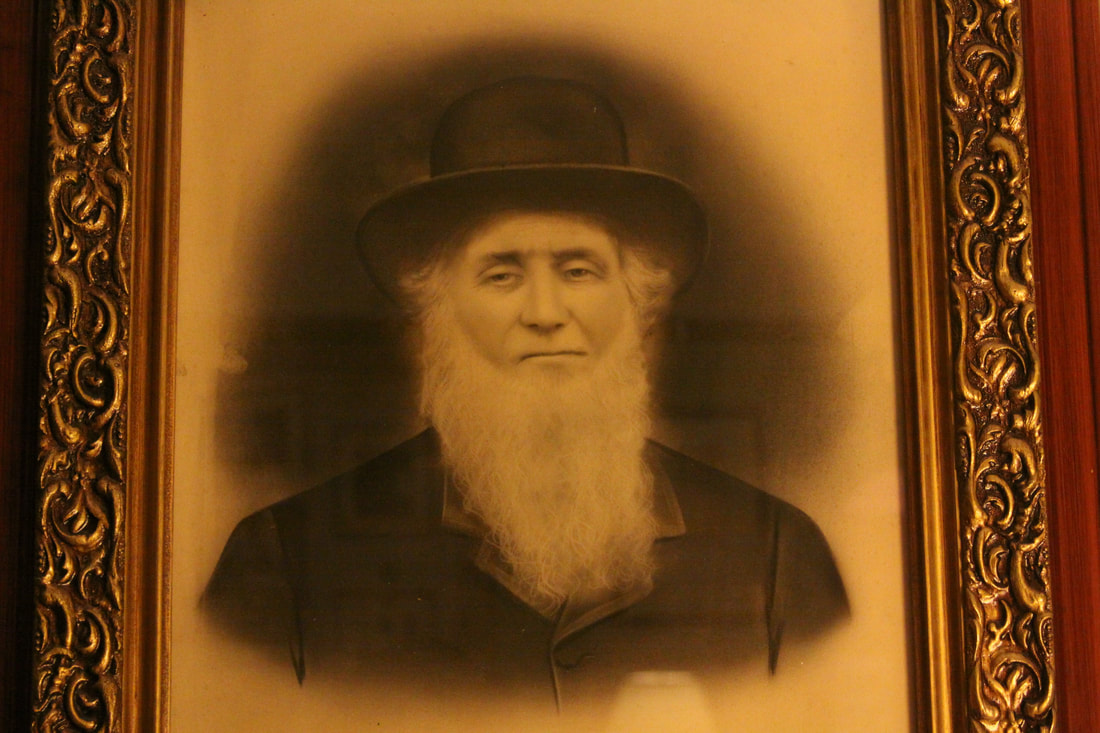 John Fields, circa 1885 John Fields, circa 1885 I’m reading a book on Irish genealogy research – always trying to expand my knowledge. The author uses examples from some now-famous Boston Irish families, the Kennedys and their in-laws, the Fitzgeralds. She demonstrates tracing a family back through census records. Through clues in the census, such as age at marriage or the approximate birth year of the oldest child, researchers can move on to marriage records which may identify the parents of the couple, channeling their line back through the generations. The book’s author starts with John F. Kennedy, living with his parents Joseph and Rose on the 1940 census, working back to find Joe and Rose’s marriage record, then Rose’s parents’ marriage and further back to the 1857 marriage of Rose’s paternal grandparents, Thomas Fitzgerald and Rose Cox. The author goes on to point out that the marriage informant was the Rev. Geo. F. Haskins of Boston. Determining the officiant on a marriage record is always a good practice for a genealogist. He may be more easily found in a city directory, which would provide a clue as to his denomination and the parish he served in. With that kind of information, genealogists can gather information on the neighborhood, the mix of people and occupations who spent time living where their ancestors lived. All these small details combine to create a richer picture of our ancestors’ lives. When I read the name of the priest who joined Thomas Fitzgerald and Rose Cox in holy matrimony, I knew I’d seen it before… on the marriage record of my own great-great-grandparents. In 1850 in that mid-19th century Boston neighborhood, Rev. Geo. F. Haskins also celebrated the marriage of John Fields and Mary Devlin.[1] Fun to think that my ancestors and President Kennedy’s ancestors might have worshipped together at St. John’s Catholic Church in Boston 150 years ago. Pay attention to every name. You might just turn up a link to Camelot!. [1] Massachusetts, Town and Vital Records, 1620-1988 for John Fields, John Fields and Mary Devlin, 14 April 1850 (ancestry.com : accessed 4 Feb 2018) Dear Mary,
My Ancestry DNA match just won’t respond! It is so infuriating. Why does someone do a DNA test if they don’t want to connect with cousins? And my match is sooooo good. I can just tell this will be the link that’s going to solve my family mystery. Help. --- Signed, Frustrated in DNAland Dear Frustrated in DNAland, I feel your pain. But I have at least one potential solution. Remember the saying, “If it looks like a duck and it quacks like a duck and it waddles like a duck, it’s probably a duck.” Well, sometimes I find those Ancestry DNA “handles,” the cute user names people use for their Ancestry account look an awful lot like part of an email address. Try googling that handle and see if you don’t come up with an “@msn.com” to follow. This fictional interchange between Dear Mary and Frustrated in DNAland is exactly how I solved a recent DNA quandary. I manage a kit on Ancestry for AA. AA’s father was an out-of-wedlock birth from a known mother and an unknown father. On GEDMatch, AA had a great match of 440 cM with BB, which is right in the ballpark to be a half first cousin. Given geography and timeframe, it was immediately apparent that AA and BB likely share a grandfather. When I contacted BB, however, his father was born in a home for unwed mothers in Omaha and adopted as an infant in 1908. There is no information on BB’s grandparents, other than the strong possibility that they lived not too far from Omaha in 1907-08. On Ancestry I came up with CC, a good, solid match of 168 cM for AA. But CC had no tree, hadn’t logged into Ancestry since 2015 and wouldn’t respond to my Ancestry message. When I looked at the CC’s Ancestry handle, however, it really looked like an email, so I just Googled it. Bingo. I found an email address. I still didn’t get any response, but the email led me to an identity and some locations and with a few more Google searches I had CC’s mom’s obituary, including her parent’s names. And I was off and running on building the tree that ultimately gave me AA’s grandfather’s name. Now, I don’t really care whether CC ever responds; I’ve gotten what I needed. Like that duck, if it looks and sounds and waddles like an email address, google it. You might just find it is an email, and be able to identify the party behind it. Slim pickings in the genealogy world these days for some great records. Many genealogical societies have used Rootsweb to host record sets and indexes to records. Today I found myself looking for some Sonoma County indexes published by Sonoma County Genealogical Society and I got the dreaded: Ugh. But never fear, there’s a workaround! Try the Wayback Machine on the Internet Archive (https://archive.org/). When your search leads you to the dreaded Rootsweb-is-currently-unavailable message, just copy and paste that url into the Wayback Machine search box on archive.org. You’ll find a calendar of dates that url was cached. Click on one of those dates and you’ll be off and running. As an example I was looking for the Sonoma County Genealogical Society’s “Index to the 1890 Census Sonoma County, California (Reconstructed).” This is an index to a book published in 1995. The index hasn’t changed, so I don’t need a brand spanking new webpage showing it – a webpage cached in 2016 will do me just fine. And even though Rootsweb was down, I was still able to find just what I needed. Thank you, Internet Archive! When Rootsweb’s got you down, try the Internet Archive. You’ll be happy you did. Apologies for my own disappearance from my blog these past few months. Some travel led into some family commitments led into the holidays led into some accounting responsibilities...yada yada yada. I'll try to be more present.. - Mary It just can’t be said enough. Make friends with an archivist. The archivists I know are a special breed – history geeks with a penchant for organizing things and a yen to ferret out obscure and unseen treasures. They have so many resources at their disposal, and their job is to share!
I am writing a family sketch on my great-grandparents, Tom and Mary (Ahern) Bradley for my ProGen study course. The Bradley’s settled in Tiburon, California just as Tom’s employer, the California Northwestern Railroad (later the Northwestern Pacific), moved its terminus there around 1890. Their children and grandchildren grew up in Tiburon. The Bradley family had many connections with this small town on San Francisco Bay. I knew the Belvedere-Tiburon Landmark’s Society had some materials in their archive that my father and some of his siblings had donated, so I checked their catalog online and found a few items pertinent to my research, including a couple of oral histories. I reached out to the archivist, and boy, did I ever get lucky! Dave Gotz emailed some documents and photographs including a transcript of an oral history interview with my great-aunt Miriam “Brownie” Bradley. He’s put a few more things in the mail to me. He’s answering questions that continue to pop into my mind, and now that he knows I exist, he’s even sending me cool materials from the Society’s collection – pictures and newspaper clippings that I didn’t even know existed. But he did. Because he’s an archivist! The best treasure that arrived yesterday was a link to a video file of an oral history interview with my aunts Mary King and Sr. Bertha Kircher, recorded in October 1994. Mary died in 1996 and Bertha in 1999 but for half an hour yesterday I had these two dear women visiting with me in my living room telling me stories of Tiburon a century ago. Seeing them as I so fondly remember them, hearing their voices and unique ways of talking brought back a flood of my own childhood memories. Make friends with an archivist. They’re waiting with a treasure for you! |
AuthorMary Kircher Roddy is a genealogist, writer and lecturer, always looking for the story. Her blog is a combination of the stories she has found and the tools she used to find them. Archives
April 2021
Categories
All
|
